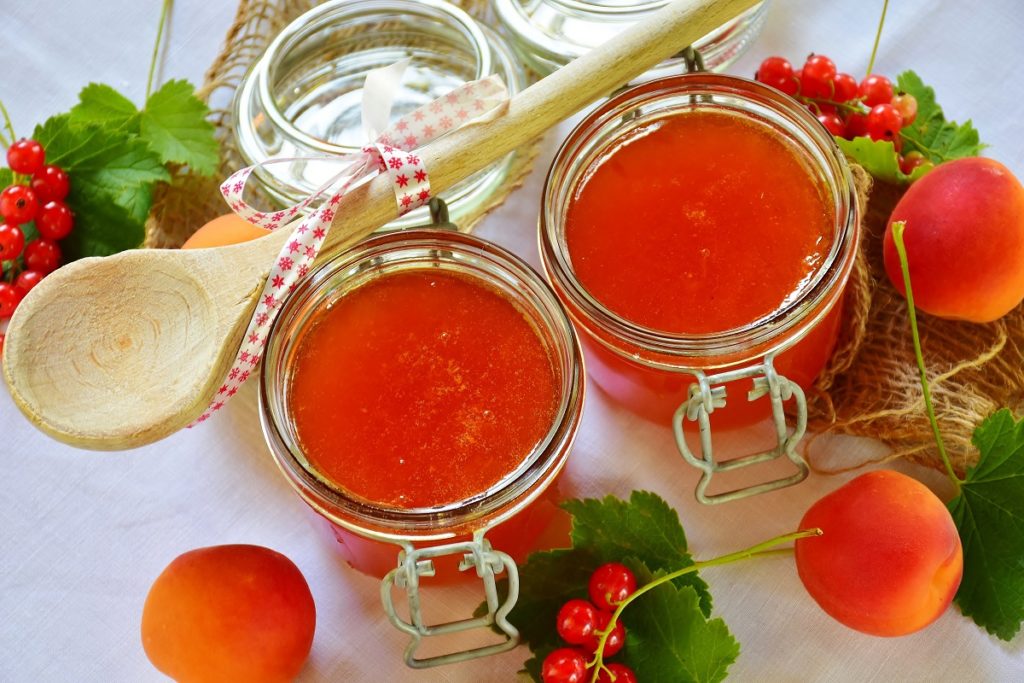The entire family is moving to California as your husband’s company is also relocating there. There’s already a farm property that you bought in Sonoma, CA, just 44 miles north of San Francisco, where your husband will be working.
Part of the reasons for purchasing the property is its relative proximity to the office. The farm is already lined with fruit-bearing trees, vegetables, and some livestock.
You’ve been a full-time mom, but now that the kids are older, you want to be able to work on your project. You’re a great cook, and you also make jams and sauces that, on occasion, you sell to friends and neighbors. Now that you’re on a farm, maybe you can focus on these homemade jams and sauces project as your business. You aren’t thinking yet of acquiring equipment, like filling machines used in commercial operations, but you at least want a consistent small-scale production rather than something ad-hoc. What are the essential steps to take when starting a homemade jam and sauces business?
Let’s look at the possibilities and opportunities.
Overview of the Jams and Sauces Industry
Moving to California might be the perfect match for this. The top three fruits in America that are used as jams are strawberries, grapes, and raspberries. You would have access to these fruits right on your farm. In 2019, the number of consumers reached 163.97 million, 128.03 million, and 50.21 million for strawberry, grape, and raspberry jam, respectively.
The commercial sauce and condiments production industry recorded a $22 billion revenue as of February 2019, with business numbering nearly 4,000 across America.
Scaling Up Your Operations

You’re going to move towards producing and selling ten bottles a month to maybe 100 bottles a month. It’s still a small scale operation, but it’s a significant jump from what you are used to doing. Here are a few things you need to know before going into this business.
- Check the law. State and federal laws are regulating the production and distribution of processed foods. Cottage food laws might apply to the kind you’re aiming to do. Check with your county or municipal authorities first, about the rules that you need to comply with.
- Production options. Naturally, you’ll research the market first. The quantity you will produce will dictate what kind of operation you will have. You can create your semi-commercial kitchen at home or see if you can rent the kitchen facility of a local restaurant. Study the cost of both options while visualizing how your business will look like three to five years down the road.
- Check produce quality. You would need to figure out a way to source your raw materials for both your jam and your sauces. Will everything come from your farm? Not only will you have control of the freshness of your raw materials, but you would also be creating a good story for your business, that could perhaps carry a tag line that says, “Fresh and straight from our home farm!”
- Consistent recipes. Test your recipes and determine the best that can carry your brand. It’s different if it’s the same three people giving feedback that your jam last week tastes different from the previous month. You need to aim for quality and consistency because now you have a broader audience that may not be as forgiving.
You will need to go through all the exercise of writing your business plan, looking at your financial viability, understanding the market and your competitor, and launching a marketing campaign. But these four things are essential to your checklist.

